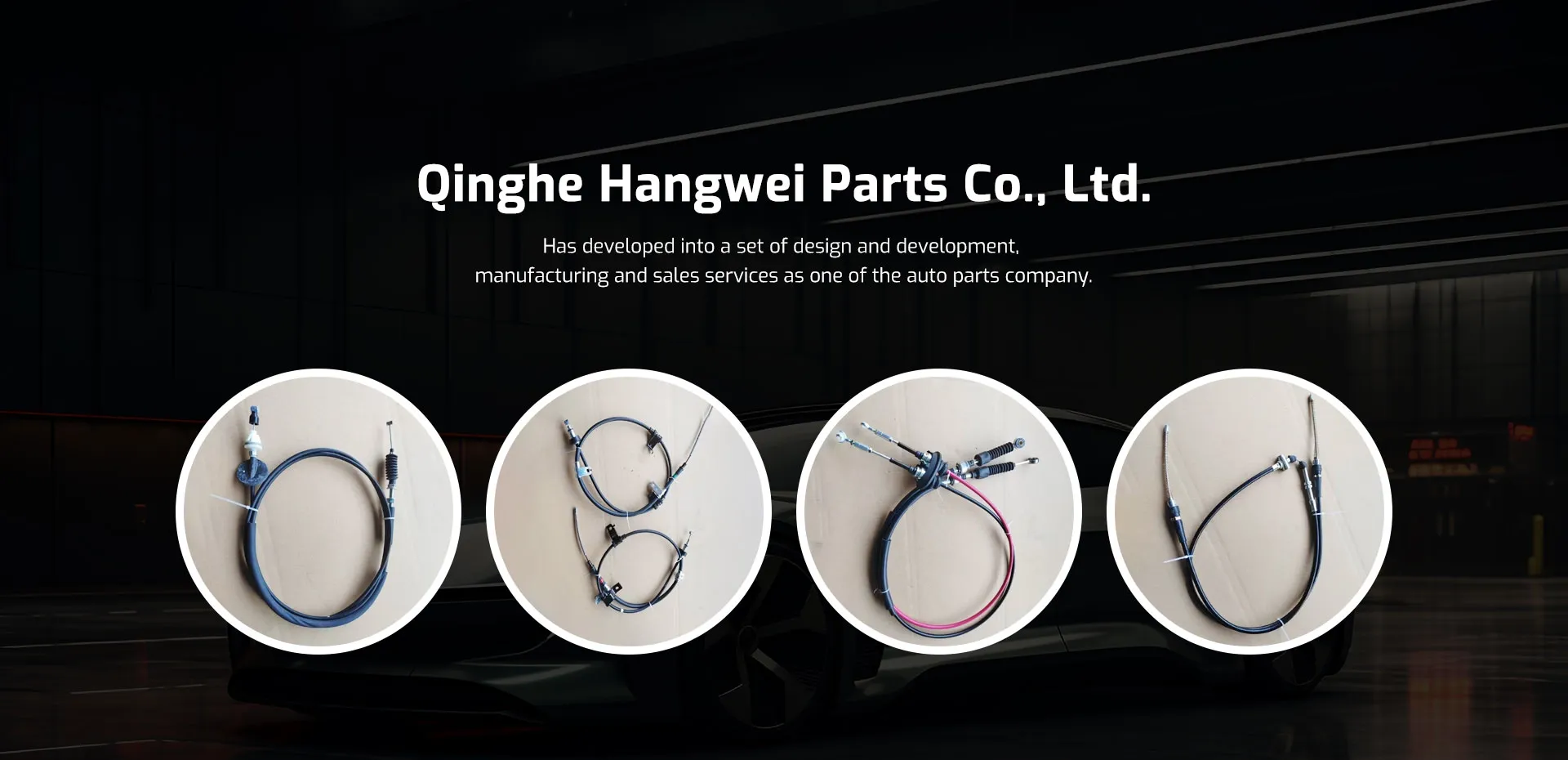locking throttle cable
Understanding the Locking Throttle Cable Importance, Function, and Maintenance
In the world of automotive engineering, the throttle cable plays a crucial role in ensuring that vehicles operate smoothly and responsively. One of the specific variations of this essential component is the locking throttle cable. This article seeks to explore the importance, function, and maintenance of the locking throttle cable, shedding light on its role in modern vehicles.
What is a Locking Throttle Cable?
A locking throttle cable, as the name suggests, possesses a mechanism that allows it to hold the throttle position once it has been set. This means that when the driver accelerates, they can lock the throttle in a fixed position, which is particularly beneficial during long journeys or when driving uphill. The locking mechanism can help alleviate strain on the driver’s foot, allowing for a more relaxed driving experience.
Function and Importance
The primary function of the locking throttle cable is to control the engine’s air intake, which directly affects the vehicle's speed and acceleration. In essence, when the driver presses the accelerator pedal, it pulls on the throttle cable, which then opens the throttle valve in the engine. This motion allows more air to enter the engine, increasing power and speed.
The locking feature enhances this basic functionality. It allows drivers to maintain a specific speed without continuous pressure on the pedal, which is helpful in various situations, such as
1. Cruise Control Many modern vehicles integrate locking throttle cables with their cruise control systems, allowing for a more consistent driving speed, particularly on highways. 2. Long-Distance Driving For those who frequently drive long distances, a locking throttle cable can reduce fatigue, as it prevents drivers from having to maintain foot pressure on the accelerator.
3. Improved Control In instances where steady speed is critical, such as in certain manual driving scenarios, the locking mechanism provides drivers with the control they need without constantly adjusting their foot position.
Types of Locking Mechanisms
Locking throttle cables can come with various types of locking mechanisms. Some drivers may find a simple clamp or catch mechanism that holds the throttle in place sufficient, while others may prefer more sophisticated solutions that automatically adjust according to speed or driving conditions. Understanding the differences can help drivers choose the right system for their needs.
locking throttle cable

1. Manual Locking Mechanism This requires the driver to engage and disengage the lock manually. It can be as simple as a lever that pulls a pin to hold the throttle cable in place.
2. Automatic Locking Mechanism These systems are more complex and can engage based on vehicle speed, allowing for greater ease of use without the need for manual control.
3. Electronic Locking The most advanced systems can be integrated with a vehicle's onboard computer, enabling features like adaptive cruise control, where the throttle position can be adjusted automatically based on the distance from the vehicle ahead.
Maintenance of Locking Throttle Cables
Proper maintenance of the locking throttle cable is crucial for ensuring its longevity and reliability. Here are some tips to keep in mind
1. Regular Inspection Periodically check the cable for signs of wear or damage. Fraying or rust can compromise the cable's integrity, leading to potential failure.
2. Lubrication Keeping the cable well-lubricated can help ensure smooth operation. Use appropriate lubricants recommended by the manufacturer to avoid damage.
3. Adjustments Over time, the cable may stretch or loosen, affecting its performance. Regular adjustments can help maintain the correct tension and responsiveness.
4. Professional Service If you notice persistent issues or are unsure about the maintenance process, it’s best to consult a professional mechanic. They can conduct a thorough inspection and make necessary repairs or replacements.
Conclusion
The locking throttle cable is a sophisticated yet often overlooked component that plays a vital role in enhancing the driving experience. By understanding its function, benefits, and maintenance, drivers can ensure that their vehicles perform efficiently and safely. Whether it's for daily commuting or long-distance travel, the locking throttle cable can provide the convenience and comfort that many drivers desire.
-
Workings of Clutch Pipe and Hose SystemsNewsJun.04,2025
-
The Inner Workings of Hand Brake Cable SystemsNewsJun.04,2025
-
The Secrets of Throttle and Accelerator CablesNewsJun.04,2025
-
The Hidden Lifeline of Your Transmission Gear Shift CablesNewsJun.04,2025
-
Demystifying Gear Cables and Shift LinkagesNewsJun.04,2025
-
Decoding Clutch Line Systems A Comprehensive GuideNewsJun.04,2025
